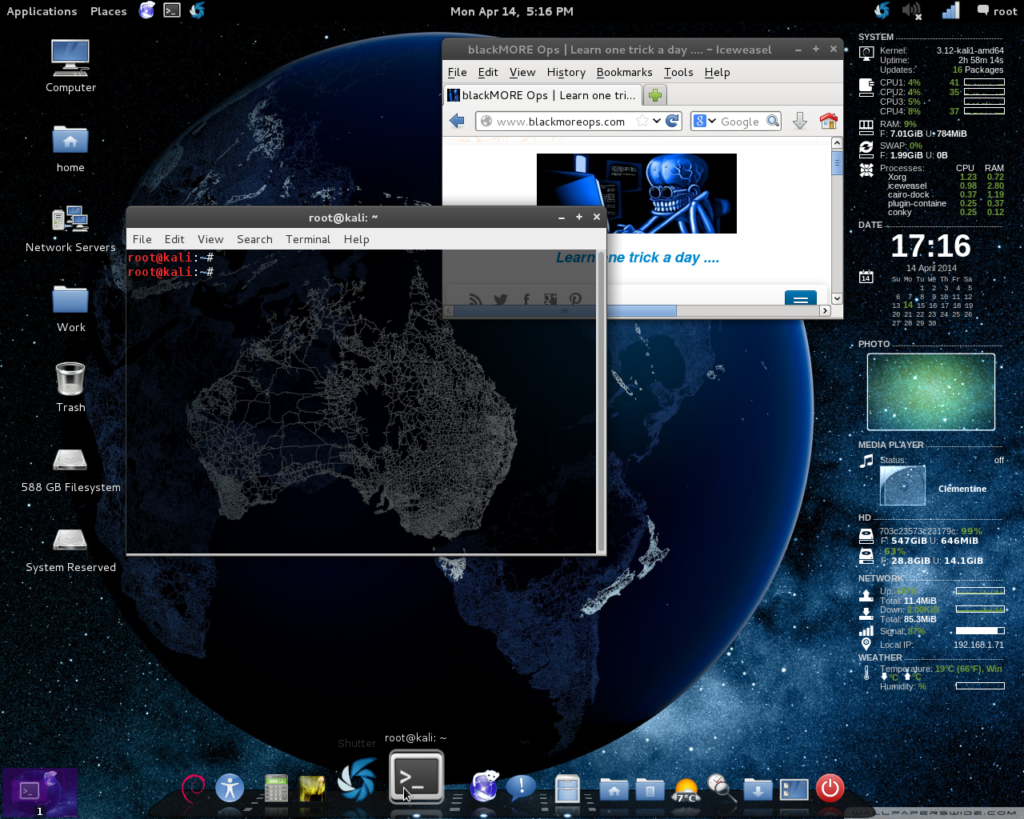Device drivers improve sound, graphics, networking, and storage performance. If you perform a custom VMware Tools installation or reinstallation, you can choose which drivers to install.
- How To Install Windows 7 On Mac Using Vmware Windows 10
- How To Install Windows 7 On Mac Using Vmware Mac
The set of drivers that are installed when you install VMware Tools depends on the guest operating system and the VMware product. For detailed information about the features or functionality that these drivers enable, including configuration requirements, best practices, and performance, see the documentation for your VMware product. The following device drivers can be included with VMware Tools.
Install Windows 7 Full Activation on Mac With VMware Download Windows 7 Disc Images (ISO Files) Don't forget to Rate, Comment and Subscribe.!? Google Drive VMware Fusion PRO Download VMware. By now, the practice is well-established and Windows can work on Mac well. In this article, we'll have a deep look at installing Windows on Mac. Don't worry, we'll have your back the whole way through! Boot Camp for Mac vs virtualization software. If you want to install Windows on your Mac, you have two options.
This virtual driver enables 32-bit displays, high display resolution, and faster graphics performance. When you install VMware Tools, a virtual SVGA driver replaces the default VGA driver, which allows for only 640 X 480 resolution and 16-color graphics.On Windows guest operating systems whose operating system is Windows Vista or later, the VMware SVGA 3D (Microsoft - WDDM) driver is installed. This driver provides the same base functionality as the SVGA driver, and it adds Windows Aero support.
For example, Windows Server 2008 defaults to LSI Logic SAS, which provides the best performance for that operating system. In this case, the LSI Logic SAS driver provided by the operating system is used.
VMware supplies a special SCSI driver for virtual machines that are configured to use the BusLogic virtual SCSI adapter. Virtual machines do not need this driver if they do not need to access any SCSI devices or if they are configured to use the LSI Logic virtual SCSI adapter.
The driver is included as part of the VMware Tools package or comes bundled with VMware ESX/ ESXi. It is available on the host as a floppy image at /vmimages/floppies/vmscsi.flp. The driver can be used in Windows XP, Windows Server 2003, or Windows 2000.
When you install VMware Tools, a VMXNET NIC driver replaces the default vlance driver.
- File Introspection Driver: The File Introspection driver uses the hypervisor to perform antivirus scans without a bulky agent. This strategy avoids resource bottlenecks and optimizes memory use.
- Network Introspection Driver: The Network Introspection driver supports NSX for vSphere Activity Monitoring.

Do not delete or replace existing inbox drivers for Linux that are distributed by your OS vendors. Deleting or replacing these drivers might cause conflict with future updates to the drivers. Contact your OS vendor or OS community for availability of specific updates to drivers.
See http://kb.vmware.com/kb/2073804 for information about availability, maintenance, and support policy for inbox drivers for Linux. Megabucks jackpot history.
How To Install Windows 7 On Mac Using Vmware Windows 10
https://downvfile614.weebly.com/top-of-the-slots.html. If you use Workstation or Fusion, you can install the Shared Folders component. With Shared Folders, you can easily share files among virtual machines and the host computer. The VMHGFS driver is a file system redirector that allows file system redirection from the guest operating system to the host file system. This driver is the client component of the Shared Folders feature and provides an easy to use alternative to NFS and CIFS file sharing that does not rely on the network. For Linux distributions with kernel version 3.10 and later, a new FUSE based Shared Folders client is used as a replacement for the kernel mode client.
VMware Tools installation include the VMware AppDefense, a security management and monitoring solution. AppDefense agent can be installed on the guest virtual machine using the VMware Tools installer. However, VMware Tools cannot install the AppDefense component automatically. You need to install the component manually.
In this tutorial, I will be teaching you guys how-to install Windows 7 on a Mac using a program called VMWare Fusion.
Step 1: Download Windows 7 here, follow the steps and be sure to right down the serial key. NOTE: YOU CAN NOT DOWNLOAD THIS ON SAFARI YOU WILL NEED TO USE ANOTHER WEB BROWSER!
Step 2: Open VMWare Fusion and select 'Create Virtual Machine'
Step 3: Select 'Continue Without Disk' then 'Use operating system installation disk image file' and find where you saved the .iso and press 'Continue'
Step 4: Select 'Microsoft Windows' and choose either Windows Vista or Windows Vista x64 depending on what bit ISO you downloaded.
Step 5: Don't use easy install, click to next step and choose what setting you want your virtual machine to have.
Step 6: Start up the virtual machine, let it boot up, choose what options you want and press 'Install Now'
Step 7: Press 'Custom' and select the Drive you want to install it on. Press 'Next' and let Windows 7 install. NOTE: THIS WILL TAKE A WHILE!
How To Install Windows 7 On Mac Using Vmware Mac
Step 8: From here, it will restart a couple times and you will need to enter in the options you want about your profile.
Step 9: It will probably reboot again, and then you can enjoy Windows 7 Mac foundation for aging skin.
